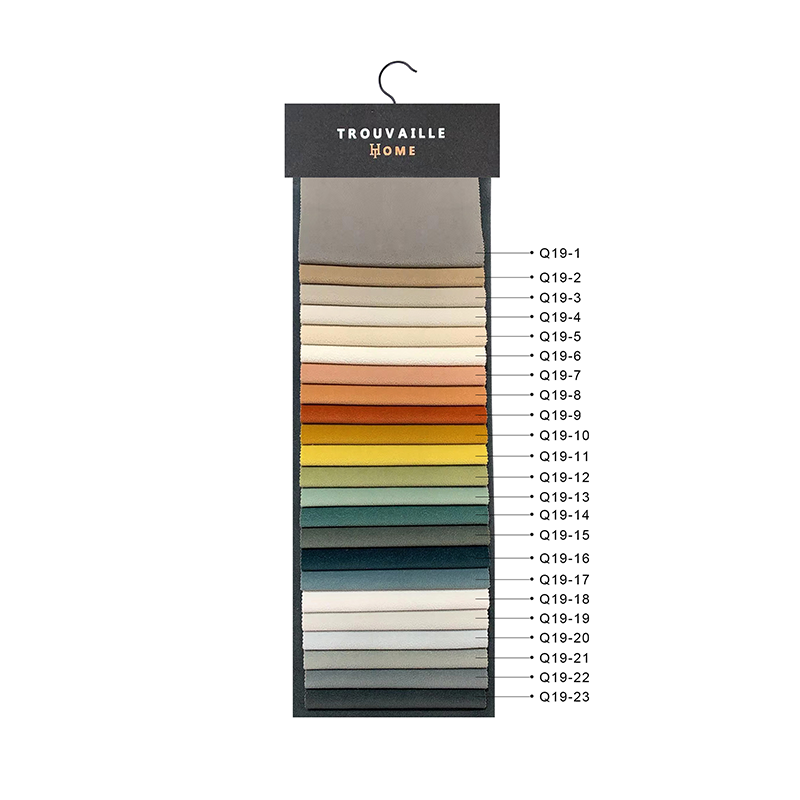Unconventional Dyeing Methods: Ice Dyeing's Mystique and Mysteries Unveiled
Beyond its aesthetic attraction, ice dyeing boasts practical benefits that distinguish it from conventional dyeing techniques. One of the most brilliant blessings lies inside the gentle, sluggish procedure of dye activation, which minimizes the chance of colour bleeding and distortion whilst making sure more uniform and stable dye penetration.
Traditional dyeing strategies regularly contain immersion or software of liquid dyes onto fabric, that may result in uneven absorption and color migration. This can bring about unintended mixing of colours or the formation of blotchy patches, detracting from the general pleasant of the dyed material. In assessment, ice dyeing offers a greater managed method to shade utility, decreasing the chance of such unwanted outcomes.
The key to the achievement of ice dyeing lies inside the interaction between the melting ice, dye debris, and material fibers. As the ice steadily melts, it releases water that activates the dye particles, letting them disperse and migrate throughout the material floor. This gradual, planned manner guarantees that the dye penetrates the cloth frivolously, resulting in steady coloration saturation and minimal chance of blotching or streaking.
Furthermore, using dry dye powder or liquid dye sparingly sprinkled onto the material surface lets in for greater precision and manipulate over the dyeing procedure. Artists can strategically distribute the dye debris to create complicated styles and gradients, knowing that the melting ice will regularly activate the colours and produce their designs to existence. This level of manage is mainly superb when running with delicate or complex designs, wherein specific colour placement is vital to accomplishing the preferred impact.
Another advantage of ice dyeing is its versatility and adaptableness to a extensive range of fabric and materials. While velvet is a famous desire due to its expensive texture and potential to absorb dyes correctly, ice dyeing also can be applied to other textiles which include cotton, silk, and linen. This versatility makes ice dyeing a treasured approach for artists and architects searching for to explore distinct textures and surfaces of their paintings.
From a sensible viewpoint, the decreased reliance on water and energy makes ice dyeing a greater sustainable choice compared to conventional dyeing methods. The minimum water usage and electricity expenditure no longer only reduce the environmental footprint of the dyeing system however also make a contribution to fee savings and useful resource conservation. This aligns with the growing emphasis on sustainability and eco-aware practices in the textile enterprise.
In end, the practical advantages of ice dyeing make it a compelling preference for artists, designers, and textile enthusiasts alike. By presenting more manipulate over the dyeing method, minimizing the risk of coloration bleeding and distortion, and selling sustainability, ice dyeing opens up new possibilities for creative expression and innovation within the international of textile artwork and layout.



